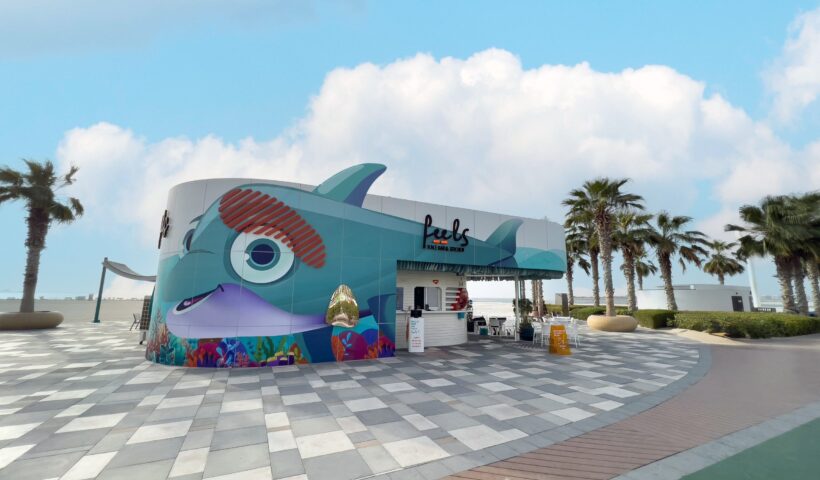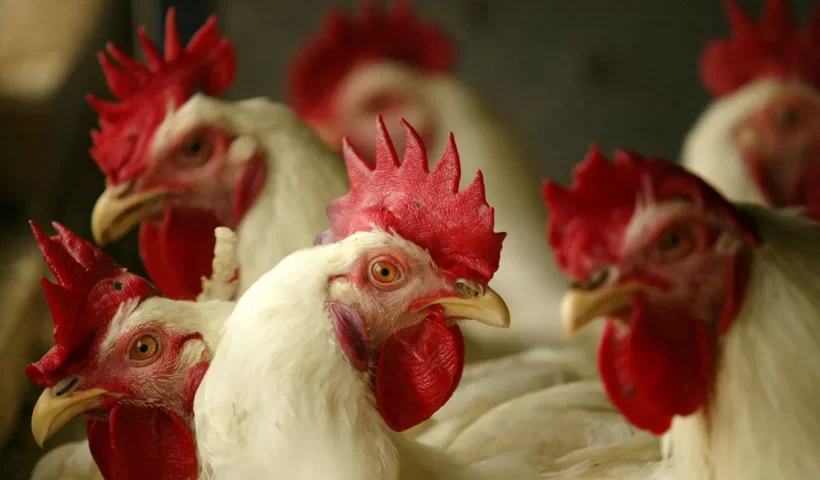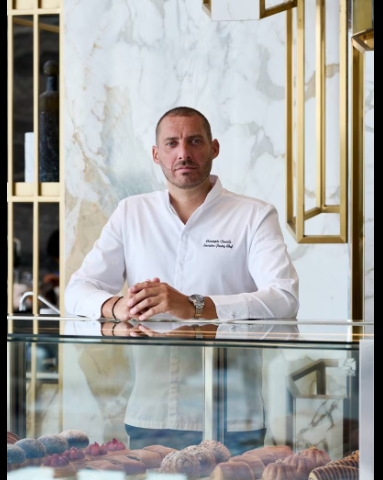Feels by the Beach, Dubai’s first neighborhood juice bar and kitchen, expands its menu with a new specialty beverage and soft serve ice cream. in honor of its brand-new Dolphee mascot for Dubai. Feels continues to produce delicious foods that are entirely natural and healthy and are designed to be reviving, perfectly suited to battle the heat and heighten enjoyment of summertime moments. Using the best components to inspire creativity
The Dolphee Cooler, a reviving lemonade slush sweetened with agave, and The Dolphee Softie, a dairy-free coconut mango delicacy served in a vegan waffle cone and topped with dairy-free chocolate, are two enticing menu innovations that Feels is happy to offer. These additions both exemplify Feels’ dedication to clean eating and reflect its deeply ingrained clean eating attitude.
The dairy-free Dolphee Softie is a soft serve ice cream that combines coconut and mango for a decadently creamy texture that is perfect for people who are lactose intolerant and those who want dairy alternatives. The Dolphee Softie is a fun way to mix smart choices with good fats. It is chock full of coconut’s health benefits and has dairy-free chocolate on top. The colorful mangos added to the softie are rich in immune-strengthening vitamin C, giving it a refreshing twist that supports healthy, glowing skin.
The Dolphee Cooler proves to be a revitalizing hydration champion, not to be outdone. This lemonade slush, designed as the ideal post-workout beverage, helps restore electrolytes lost during physical activity. Because agave nectar is used to sweeten it, it has a lower glycemic index compared to traditional sugars.
This makes it a wise choice for individuals who want to indulge in natural sweetness while controlling their blood sugar levels. The Dolphee Cooler, a tasty citrus powerhouse, offers a shot of vitamin C, which is recognized for promoting collagen formation to promote healthy skin and joints for renewal and invigoration.
Feels’ dedication to providing an experience that celebrates both health-conscious choices and the simple pleasures of life by the beach is demonstrated by the addition of speciality drinks and soft serve ice cream, all of which were expertly crafted.



